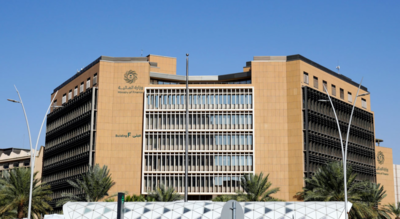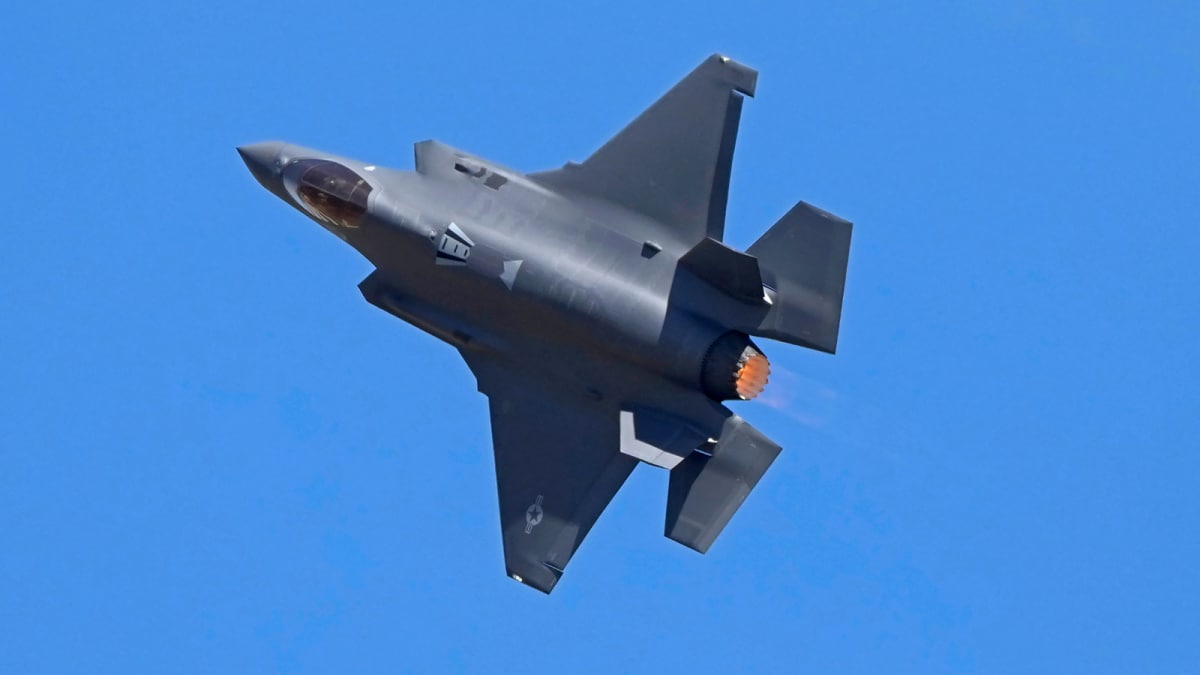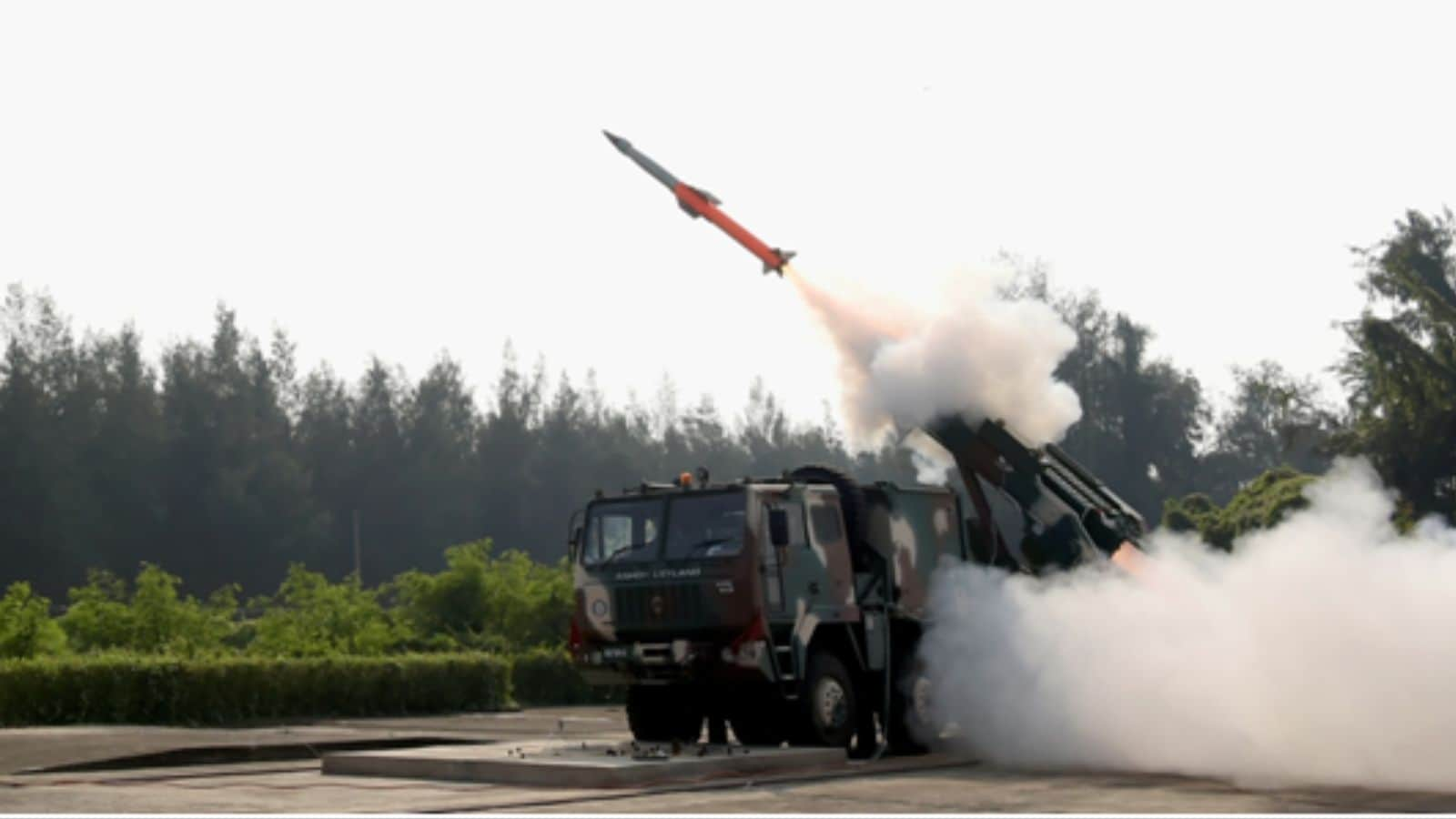ARTICLE AD BOX

The non-oil revenue growth helped soften the blow of a 29% drop in oil income, easing pressure on Saudi Arabia’s Q2 2025 budget deficit/ Image: Saudi Arabia Ministry of Finance
In a significant financial development for Saudi Arabia, non-oil revenues in the second quarter of 2025 rose sharply by 7 percent, reaching SR149.861 billion ($39.9 billion). This increase, up from SR140.602 billion ($39.5 billion) in Q2 2024, reflects the ongoing momentum in the Kingdom’s economic diversification strategy under Vision 2030. For the first time, non-oil revenues contributed to 49.7 percent of total quarterly income, nearly half, underlining the growing strength of alternative revenue sources.
Revenue and Spending Snapshot: Q2 2025
According to the Ministry of Finance, total revenues for Q2 2025 amounted to SR301.595 billion ($80.4 billion), while expenditures totaled SR336.129 billion ($89.6 billion). This resulted in a budget deficit of SR34.534 billion ($9.2 billion) for the quarter. While oil revenues fell 29 percent year-on-year, dropping to SR151.7 billion ($40.4 billion), the gap was partially offset by strong performances in key non-oil categories:
- Income and profit taxes: SR13.729 billion ($3.7 billion)
- Taxes on goods and services: SR74.950 billion ($19.9 billion)
- Trade-related taxes: SR6.323 billion ($1.7 billion)
- Other taxes and miscellaneous income: Registered moderate growth
Government spending fell by 9 percent compared to Q2 2024, declining from SR368.932 billion ($98.4 billion) to SR336.129 billion ($89.6 billion), a reflection of tighter fiscal controls.
First Half 2025: Broader Economic Context
In the first half of 2025, total revenue reached SR565.210 billion ($150.7 billion), against expenditures of SR658.446 billion ($175.5 billion), leading to a cumulative deficit of SR93.236 billion ($24.8 billion).
Of this, non-oil revenues totaled SR263.667 billion ($70.3 billion), while oil revenues stood at SR301.543 billion ($80.4 billion). Spending during this period was 2 percent lower than in H1 2024, when it reached SR674.753 billion ($179.8 billion), indicating consistent efforts to rationalize expenditure. At the same time, On the fiscal side:public debt climbed to SR1.39 trillion ($370.7 billion), broken down into:
- public debt climbed to SR1.39 trillion ($370.7 billion), broken down into:
- SR871.3 billion ($232.2 billion) in domestic debt and
- SR515.136 billion ($137.4 billion) in foreign debt.
- The state reserve increased to SR396.954 billion ($105.7 billion), and
- the current account balance stood at SR102.587 billion ($27.3 billion).
Non-Oil Sector Gains: Tangible Progress Under Vision 2030
Saudi Arabia’s fiscal and economic transformation under Vision 2030 is producing measurable outcomes, aimed at reducing reliance on oil and building long-term resilience. Key reforms include:
- Revenue mobilization and energy price adjustments
- Expenditure controls and the Treasury Single Account (TSA) for centralized finance
- Enhanced fiscal risk assessments, budget transparency, and debt management frameworks
These measures are part of the National Transformation Program and Fiscal Balance Program, which focus on non-oil sector growth, seen as more stable and job-rich compared to the oil sector’s volatility.A central driver of this shift is the transformation of the Public Investment Fund (PIF). Once a domestic holding entity, the PIF now operates as a global sovereign wealth fund, directing capital into sectors aligned with future economic trends. Its portfolio spans AI research and development, global startups, big tech, Autonomous/ Self driving technology in partnerships with major electric vehicle manufacturing companies such as Lucid Motors, alongside stakes in firms like Facebook, Starbucks, Disney, Boeing, Citigroup, Live Nation, Marriott, Carnival Cruise Lines, Reliance Retail Ventures, and the Oryx Fund among many others. This global investment strategy complements domestic goals: increasing the non-oil GDP share, diversifying exports, and expanding private sector roles, all critical for future-proofing the economy and generating employment for Saudi Arabia’s growing youth population.



.png)
.png)
.png)
















 19 hours ago
5
19 hours ago
5









 English (US) ·
English (US) ·